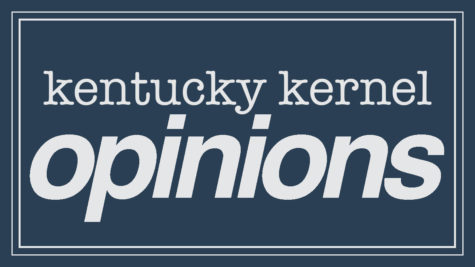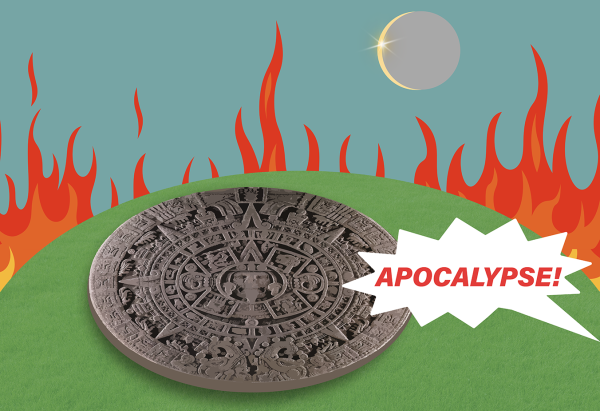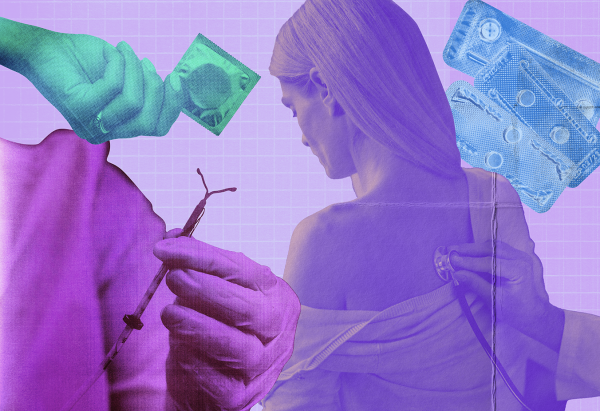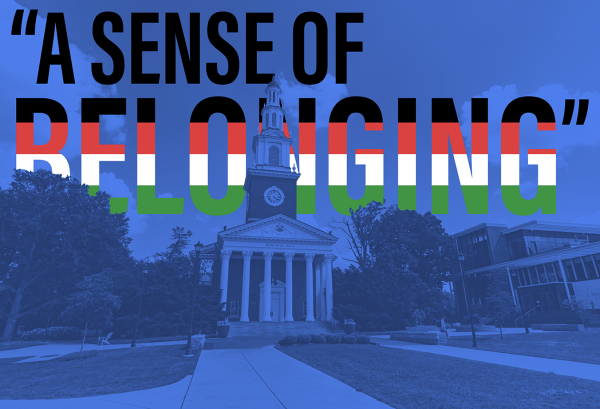Stimulus bill misinterpreted, getting bad rap
February 12, 2010
Right-wing fringes of America are intentionally maligning the American Recovery and Reinvestment Act of 2009, colloquially known as the Stimulus Bill, going on right now.
We college students understand what’s going on in the world since we are the people who will be running it soon enough. So let’s set the record straight.
The usual route employed to trash the Stimulus Bill is just to call it nothing more than wasteful spending, a mere useless bailout of corporate fat cats. These are all dishonest arguments.
Actually, the bill usually coupled with the term “bailout” is a completely different bill altogether, passed under a completely different president.
George W. Bush, in the waning hours of his presidency, signed the Troubled Asset Relief Program (TARP) to alleviate the fallout from the subprime mortgage crisis.
Most of this money went to the same corporations that caused the financial meltdown of the crisis, to keep them from taking the rest of the economy down with them.
President Barack Obama signed the ARRA into law a year ago. Let’s take a look at what’s actually in the bill: aid to low-income workers, the unemployed and retirees $82.5 billion.
This money extended unemployment benefits and food stamps to those who had lost their jobs during the recession. It also gave a one-time tax break of $250 to those on Social Security. Around $4 billion were allocated to job training programs and $150 million to food banks for the poor.
In regards to tax cuts, $237 billion in tax cuts were made for American families, one of the largest in American history. Included in this part of the bill were tax cuts for $14 billion in tax credits for college students for their expenses in 2009 and 2010.
Education wise, $90.9 billion were allocated mostly to school districts to prevent massive layoffs, and to college students in the form of Pell Grant increases and other programs.
For health care, $147.7 billion were allocaed to help states avoid catastrophic cuts in their state health care budgets.
This includes $86.6 billion for Medicaid, which provides health care for the impecunious, and $24.7 billion to subsidize COBRA benefits.
This program extends health care to the unemployed, who had health insurance previous to losing their jobs. Also, $1 billion has been allocated to fund health care for our nation’s veterans coming home from war.
Investments to infrastructure totalling $51.2 billion for roads and bridges, an electric smart grid to save energy, reduce cost and increase reliability, high-speed railways and other public transit projects were also part of the bill.
The city of Lexington has received $23 million from this part of the stimulus bill alone. How else do you think the city could afford to do all this road construction going on around town?
Moving forward with energy, $61.3 billion went to upgrade federal buildings and automobile fleets, making them more energy efficient and saving taxpayers money in the process, and also to help clean up toxic waste sites like the Army Depot in Richmond, Ky., where deadly nerve gases are stored just downwind from Lexington.
Other initiatives include $8.8 billion to help state government budgets which would otherwise collapse; $4 billion for state and local law enforcement agencies; $1.7 billion to help airports and ports of entry upgrade the security features that keep us safe from terrorists; $210 million to build and upgrade fire stations; $50 million for the National Endowment of the Arts; $198 million to right the horrible injustice done by the American government in passing the Rescission Act of 1946.
These are only the main areas of investment in our country provided by the ARRA.
And while some cynics might point out that this investment, in tandem with the TARP passed by Bush and Congressional Democrats, has not returned us to the pre-recession unemployment rate we enjoyed before our Wall Street-inspired economic house of sand collapsed, it is important to understand that as this recession began, our nation was losing 750,000 jobs a month.
Now, we are — albeit modestly — headed back into positive territory on jobs for the American people.
Moreover, the financial systems we all rely on to conduct business from day to day have been brought back from the brink. The stock market has vigorously returned to health, banks are lending, you’ve got your scholarships and student loans.
The Great Recession’s fever, which once threatened to throw the planet into a depression the likes of which we haven’t seen since the 1930s, is breaking.
The fact that you aren’t forced to survive on lard sandwiches, like my grandmother as a little girl once did, is because President Obama and, to his credit, former President Bush acted quickly to preserve our way of life.




















































































































































